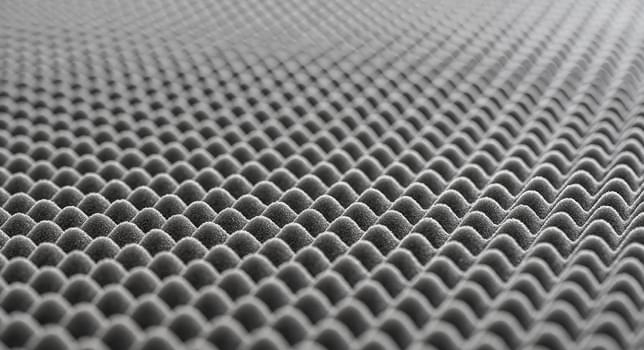Growing technological developments, particularly in developing countries such as India, China and Indonesia, are spurring the growth of key polymer foams industries such as automotive, building and construction and packaging, according to Smithers' new in-depth market study -
The Future of Polymer Foams to 2026.
Global consumption of polymer foams will reach 26.37 million tonnes in 2020, and is forecast to expand at a CAGR of 4.5%, driving overall demand to 34.44 million tonnes in 2026, the latest data from Smithers says. This represents an acceleration of demand relative to the 3.4% CAGR seen in the last years of the preceding decade.
Polystyrene foams have a 37% share of the market in 2020 and are mainly used for packaging. Also relevant, polyolefin foams account for 7 % of the market with use in automotive, footwear, packaging and some additional smaller applications.
Impact of COVID-19
As key end-use industries recover from the Covid-19 pandemic, there will be renewed demand for lighter weight and higher performing polymer foams. Technical innovation and more diverse use of polyurethane, polystyrene, polyolefin, and other polymer foams will see a return to growth in 2021, according to the new research report from Smithers. This, in turn, will spur innovation in design and raw material sourcing, as the coronavirus disruption continues to reshape global supply chains.
In the auto industry, new vehicle sales will be depressed in the short term due to the coronavirus pandemic, but government stimulus packages will likely favor more sustainable mobility models, calling for more light weight foams and formulations for use in electric vehicles.
Construction
The new analysis from Smithers finds that growth economies and urbanization, especially in Asia, will foster greater polymer foam use in construction. Polymer foams are used in the building and construction industry for forging, doors, roof board and slabs. Polyurethane is the primary foam that is used in the building and construction industry for insulation purposes. It has a low heat conduction coefficient, low density, low water absorption and relatively good mechanical properties. All of these features are very helpful in the building and construction sector. As a result, the segment is predicted to expand at a significant pace during the period to 2026.
The application of polymer foams can reduce energy use, a trend that is likely to drive their continued use, according to Smithers. When used as reflective coverings to bounce sunlight and heat away from roofs, polymer foams can help houses to stay cool with less energy consumption. Another popular use of flexible polymer foams is as padding for carpets.
Transportation
The low-density, weight-reduction features and reasonable cost of polymer foams are driving their use in the automotive market. In addition, polymer foams are optimal insulators with low heat transfer properties. Emission standards and the need to lower weight has given vehicle OEMs is a major incentive to use more high-performance polymer foams.
There are several major challenges currently facing the use of polymer foams in the automotive market, including waste disposal, flammability and recyclability. Further, the adverse effects on the environment is another major concern that is limiting the growth of the polymer foams automotive market. Stringent government regulations on chloro - fluoro carbons or CFC’s that are involved in the production of polymer foams is inhibiting the use of polymer foams in automotive applications. Suppliers of foam products that are used in vehicles are being forced to meet regulations continue to become stricter over time.
Polyurethane foams
Polyurethane foams are one of the leading foam materials due to its diverse and wide range of properties. This means that it is finding new applications in areas such as automotive and housing. The polyurethane foams market is currently growing at a faster rate than the other polymer foams with a growth rate of greater than 5 % compared to the overall polymer foams market that is expected to grow at a rate of about 4.5 %, according to Smithers data.
Evolving market demand will favour polyurethane (PU) grades, in particular. These are already over 50% of the market in 2020 with their share continuing to grow through to 2026. The fastest increase in demand will come for flexible foam materials. As this happens, the major technology challenge will be to develop PU foams with a smaller carbon footprint. R&D is particularly focused on producing PU grades from sustainable polyols and isocyanates derived from vegetable oils or sugar, starch, and lignocellulose biomass.
Sustainability
Sustainability and circular economy models are also impacting how foams and other plastic materials are treated at the end of their useful life. New closed-loop collection initiatives for products like mattresses will likely improve the quality of recycled material available. Simultaneously, conventional mechanical recycling technology will be supplemented by the growing use of commercial-scale chemical recycling of mixed polymer waste streams, using pyrolysis, gasification, or hydrogenation.
